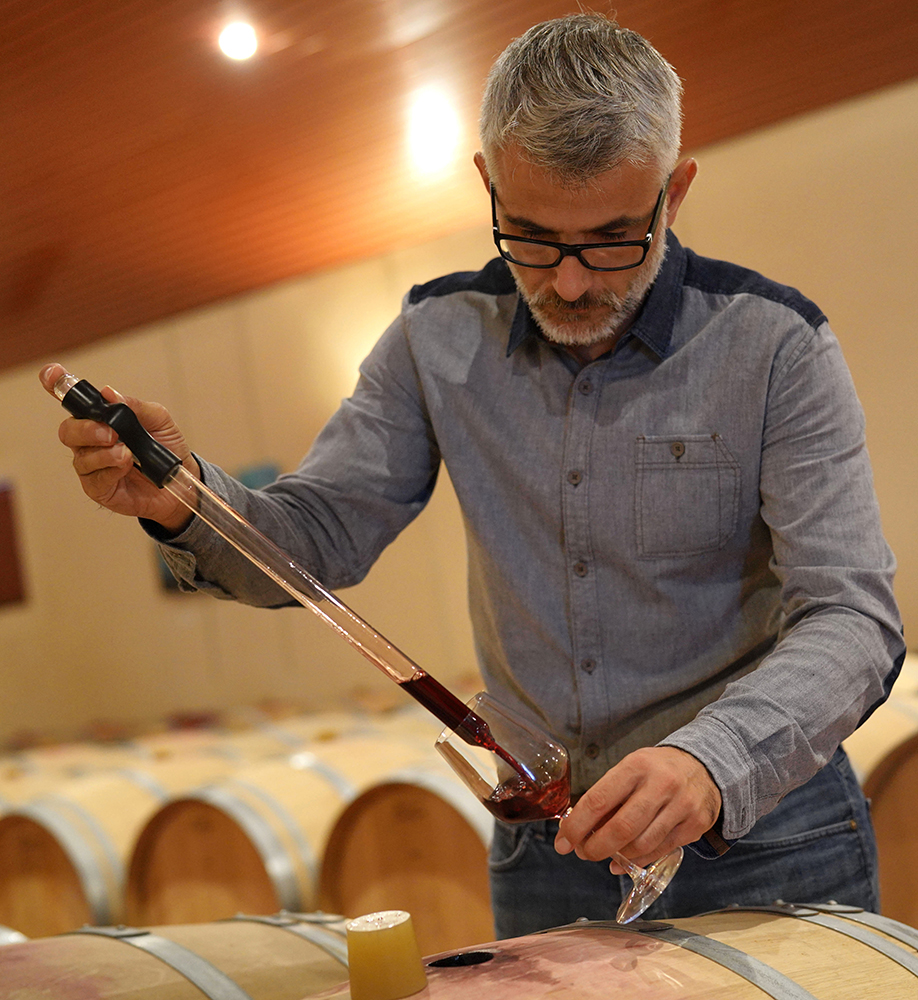
While good wine takes time, many wine tasters love to taste the wine straight from the barrel. Tasting wine directly from the barrel gives the winemaker a chance to educate the tasters, and it gives the tasters a new appreciation for what it takes to create a great wine.
Many wineries offer barrel tasting to their clientele and some combine it with a full meal experience. Whichever way you get to do your barrel tasting, you are in for a
unique experience.
What to Ask
Barrel tastings are usually attended by the winemaker. It’s your chance to ask questions and learn more about how your favourite wine came to be.
Wine, of course, starts from grapes. It’s always good to ask about the vineyards, what types of grapes were grown and what type of raw wine you are tasting.
Ask about the growing season and what effects the weather had on the grapes that were fermented and now reside in the barrel. Sometimes adverse weather conditions produce some of the most flavourful wines.
You may also want to know how long it’s been in the barrel, how long it stays there, what the barrel is made of (French Oak, American Oak, etc.) and how that enhances the flavours in the wine. Wines can stay in barrels anywhere from six to 30 months, depending on the grape and the desired outcome.
As you taste the fresh barrel wine, notice the different flavour profiles and ask how they will change with age, both in the barrel and once they are bottled.
Also ask about how they toast the barrels, and how the toasting affects the wine.
Wine barrels must be rotated to ensure the moisture is equally absorbed by all parts of the barrel. Because the oak barrels are breathable, there is moisture lost. Ask how often they have to top up the wine in their barrels.
Flavour Profiles
The wine you taste from the barrel will taste different than one bottled and aged. As the texture and flavours entice your tastebuds, you can almost imagine how great that wine will taste once properly aged and bottled.
As wine ages the acidity lessens and those delicious fruit flavours make themselves known. The type of oak and how often the barrels have been used, also contribute to unique flavour profiles of the wine.
When wine is aged in wooden oak barrels, the oak adds to the flavour profile. You may taste anything from peach and pear to vanilla, or dark cherry to tobacco and leather, depending on the grape and the winemaker.
The longer the wine is in the barrel, the more tannins you may experience in the tasting.
Oak and Red Wine
That coconut or clove you may taste in the wine comes from the oak. American oak tends towards cinnamon and coconut, while a French oak barrel imparts delicious spicy notes like clove and cedar.
Oak and White Wine
Winemakers who want their whites to be crisp and lively tasting, with more of a fruity profile, opt to age their whites in stainless steel. When the winemaker is looking to create a more textured flavour profile, they may
use oak barrels which add a vanilla or buttery flavour
to their wines.
American oak may give the wine a sweeter, toffee-like flavour, while French oak may give the wine a nuttiness, and sometimes a smoky flavour.
The Oak Barrel
Some wines are aged in stainless steel, and others in concrete. There are several reasons winemakers like to age wines in oak. Oak is antibacterial, so they don’t have to add as much sulphur dioxide to the wine.
Oak barrels are expensive as only two barrels can be made from each eighty-year-old oak tree. One American oak barrel can cost around $500. French oak barrels are double the cost at around
$1000 a barrel.
Oak barrels help to clarify and stabilize the wine, eliminating the need for additives. In addition, the younger oak barrels add texture and help with colour stability.
Many winemakers will use American oak for shorter aging, and French oak for wines that need to be aged longer.
Oak barrels cannot be used over and over again. After three to four years of use, they no longer contribute to the flavour of the wine. That’s when they magically transform into planters, tables, and if you’re creative, take them apart and make a rocking chair.
Once you’ve gone barrel tasting, you’ll look at your wine and the barrel in a whole new light.